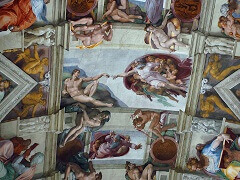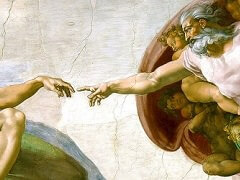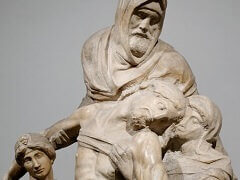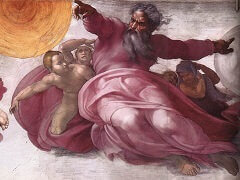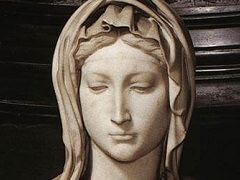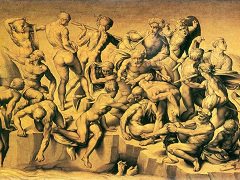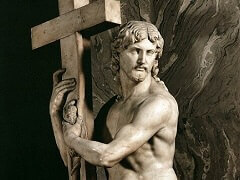Battle of the Centaurs, by Michelangelo
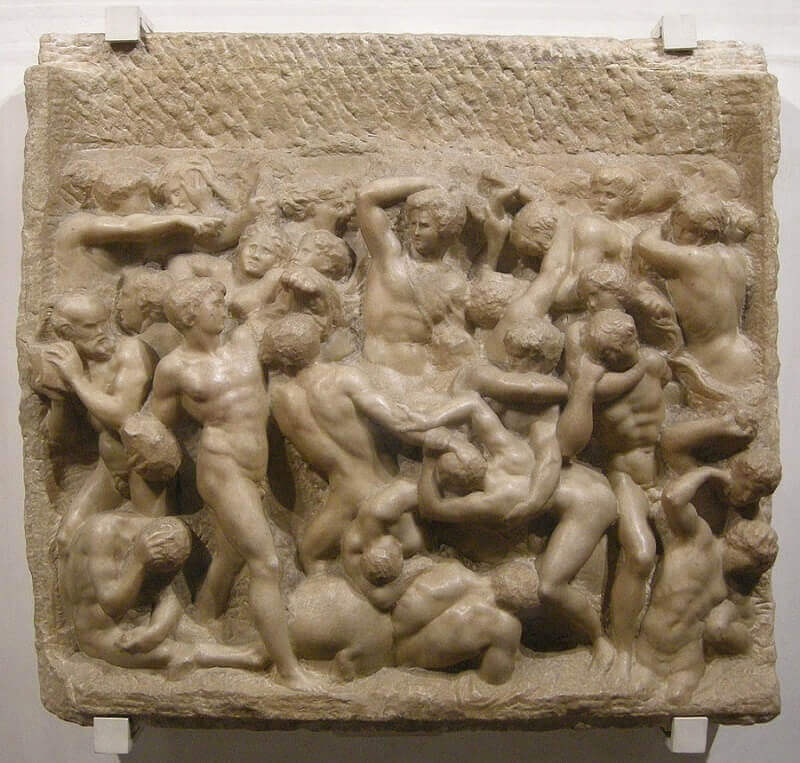
Battle of the Centaurs is created by Michelangelo around 1492. It was the last work Michelangelo created while under the patronage of Lorenzo de' Medici, who died shortly after its completion. Inspired by a
classical relief created by Bertoldo di Giovanni, the unfinished marble sculpture depicts the mythic battle between the Lapiths and the Centaurs. A popular subject of art in ancient Greece, the story was suggested to
Michelangelo by the classical scholar and poet Poliziano.
Battle of the Centaurs was a remarkable sculpture in several ways, presaging Michelangelo's future sculptural direction. Michelangelo had departed from the then current practices of
working on a discrete plane to work multidimensionally. It was also the first sculpture Michelangelo created without the use of a bow drill and the first sculpture to reach such a state of
completion with the marks of the subbia chisel left to stand as a final surface. Whether intentionally left unfinished or not, the work is significant in the tradition of "non finito" sculpting t
echnique for that reason. Michelangelo regarded it as the best of his early works, and a visual reminder of why he should have focused his efforts on sculpture.
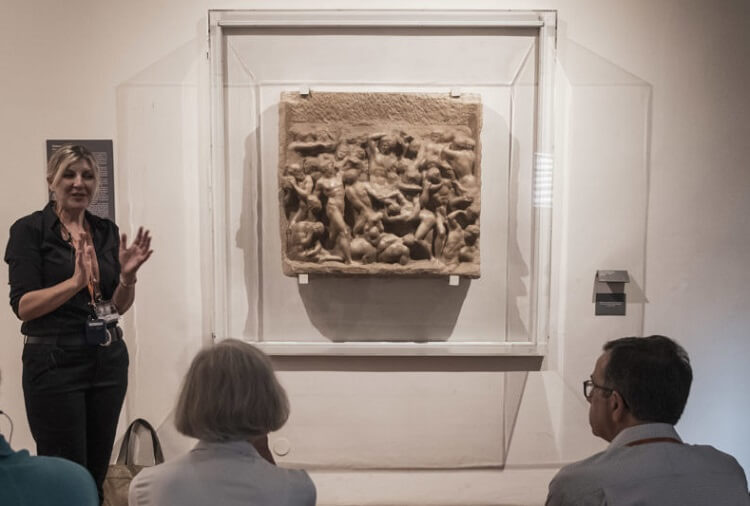
Battle of the Centaurs was an early turning point and a harbinger of Michelangelo's future, sculptural technique. Michelangelo biographers, Antonio Forcellino and Allan Cameron, say that Michelangelo's relief, while created in a classical tradition, departed significantly from the techniques established by masters such as Lorenzo Ghiberti and Donatello. Rather than working on discrete, parallel planes as his predecessors had done, Michelangelo carved his figures dynamically, within "infinite" planes. Forcellino and Cameron describe this break with modern practice as Michelangelo's "own personal revolution", and they point specifically to the left of the relief where a twisting figure becomes "something of an artistic manifesto." Particularly striking is the composition of the figure's upper limbs, which deviate from the carefully articulated norms. Also remarkable, according to them, is the manner in which Michelangelo sculpted independently of his preparatory drawings, freeing him from the constraints of two-dimensional vision and allowing him to merge the figures fluidly and multi-dimensionally.


